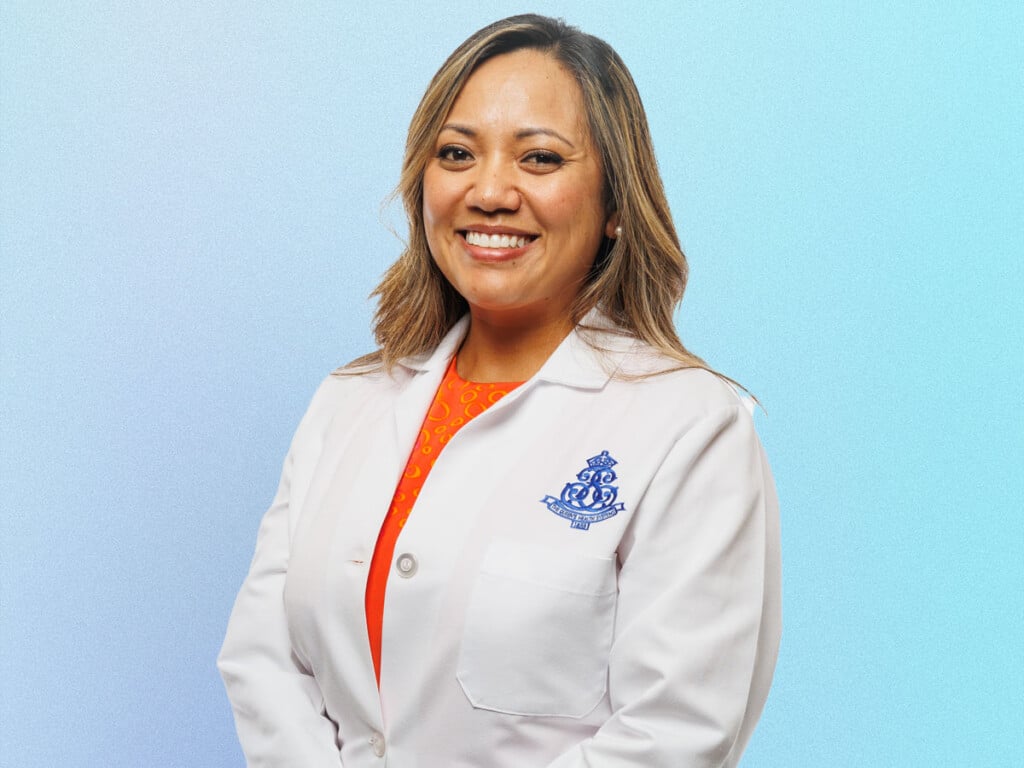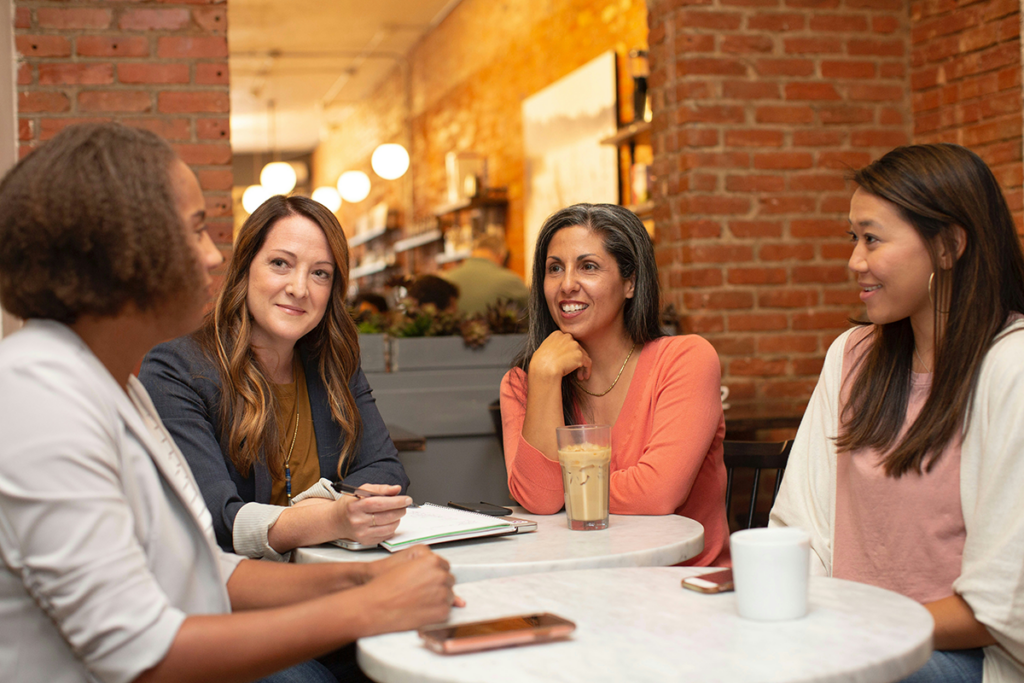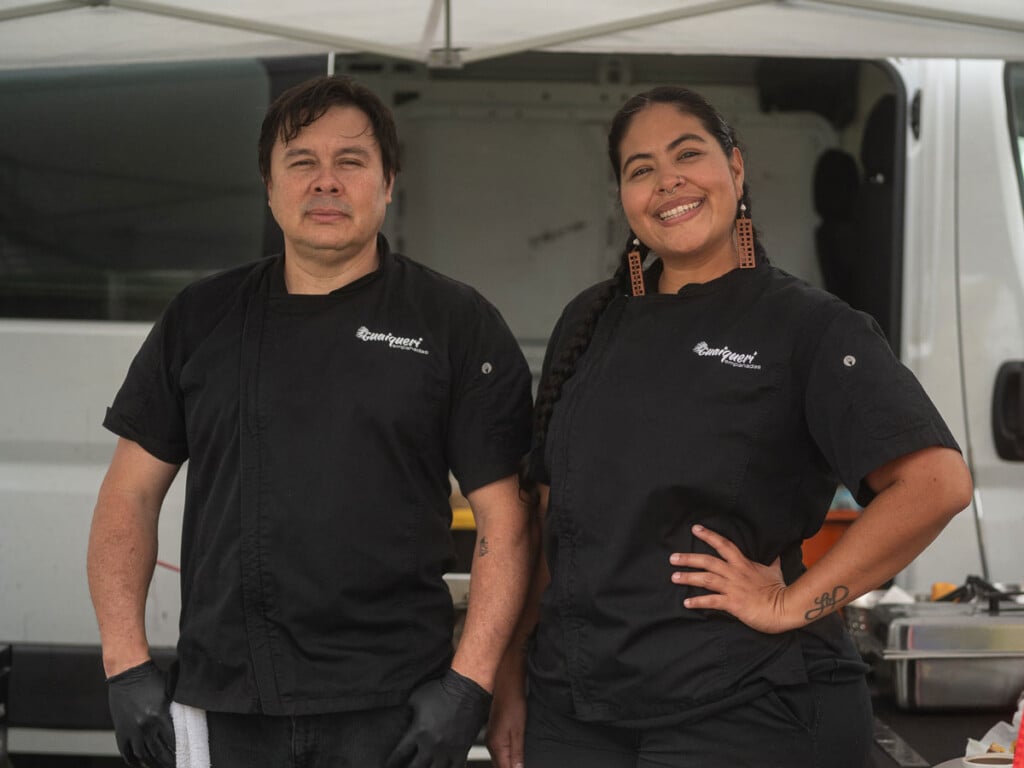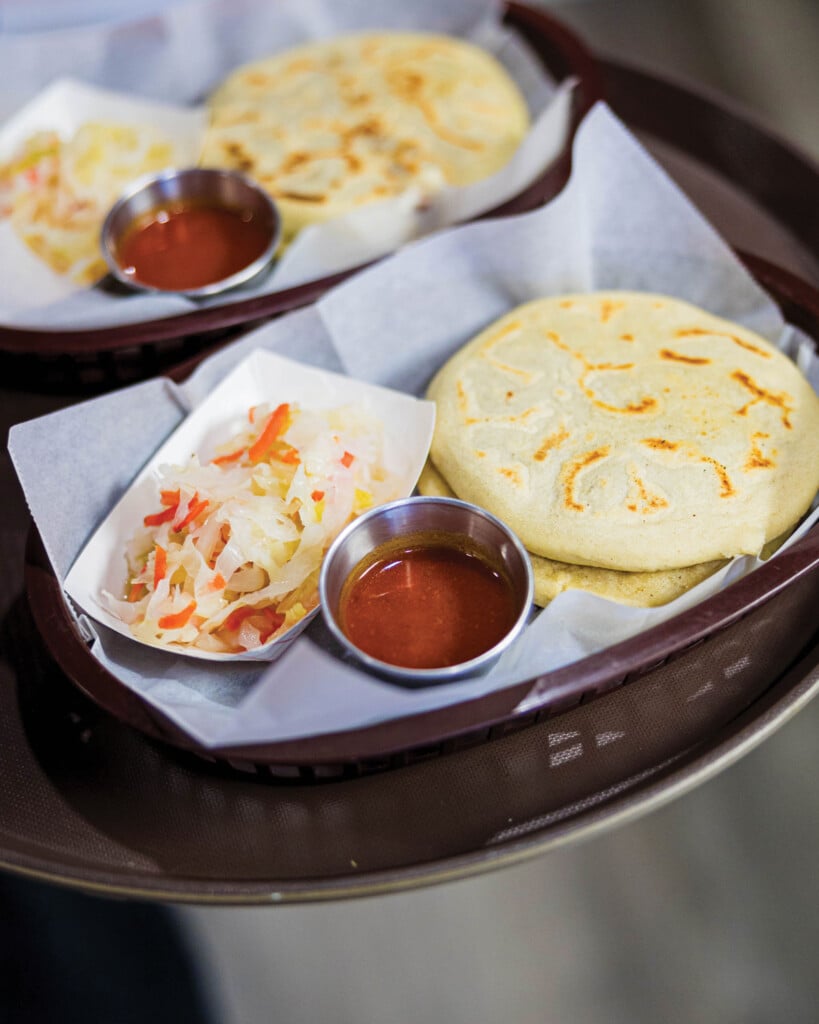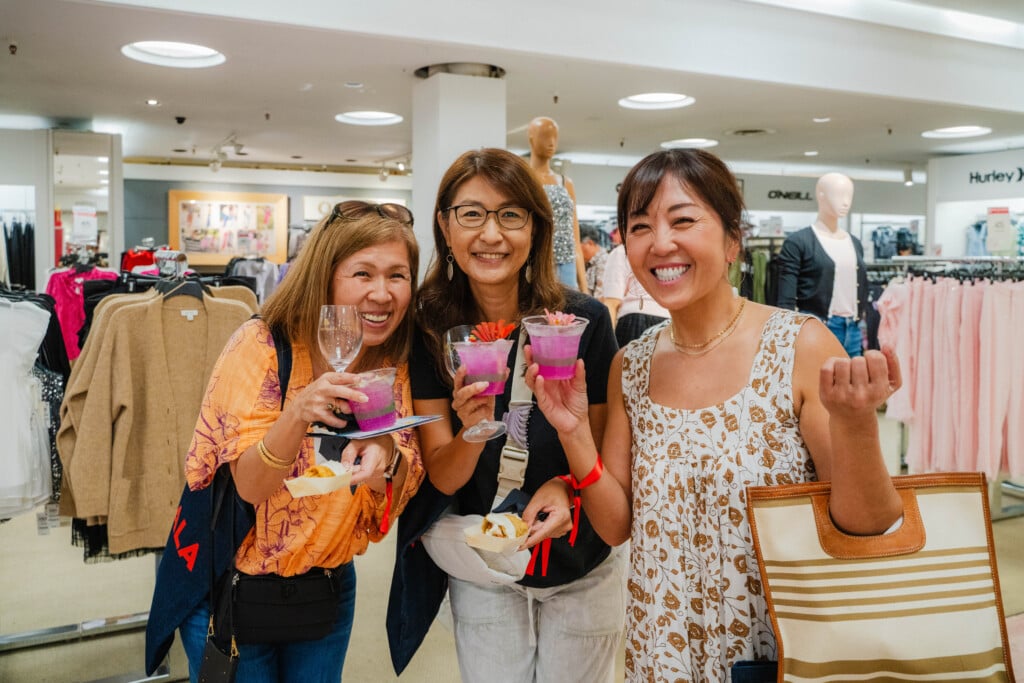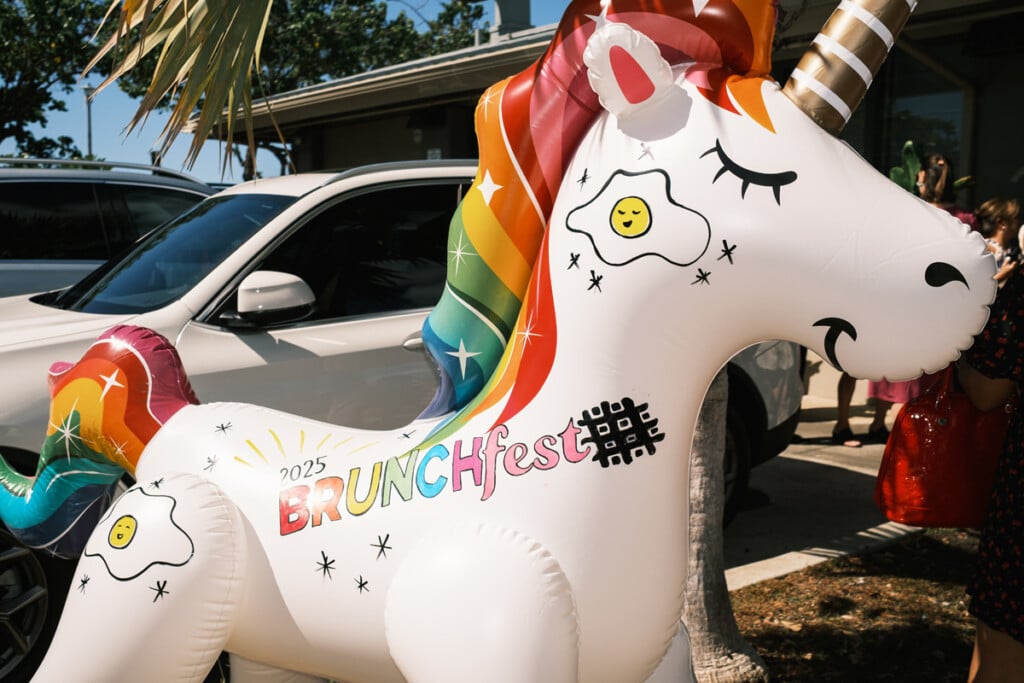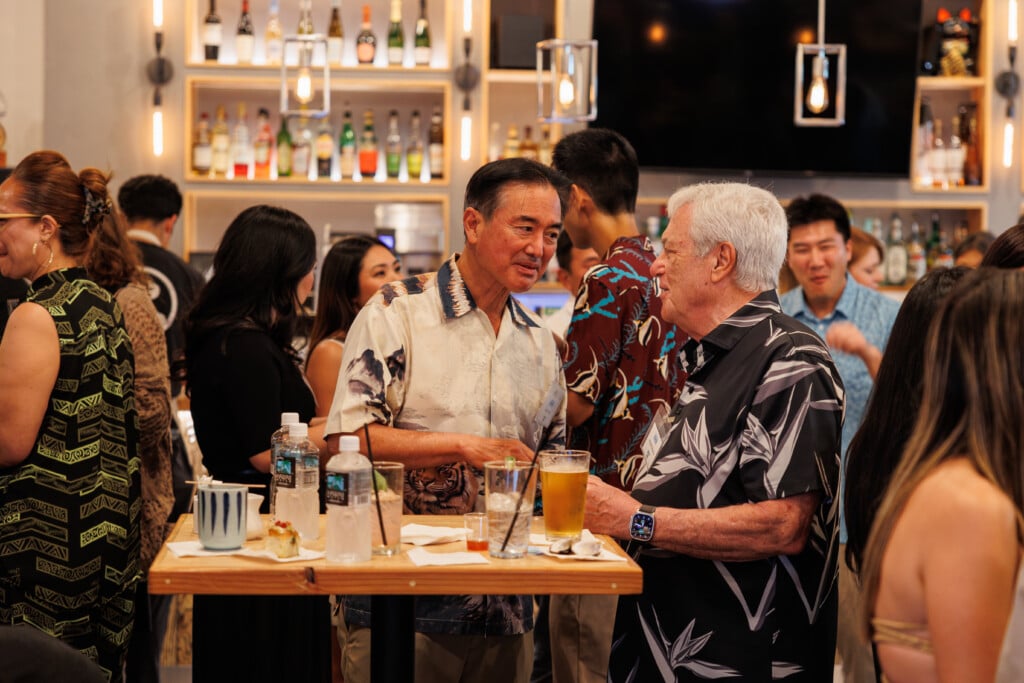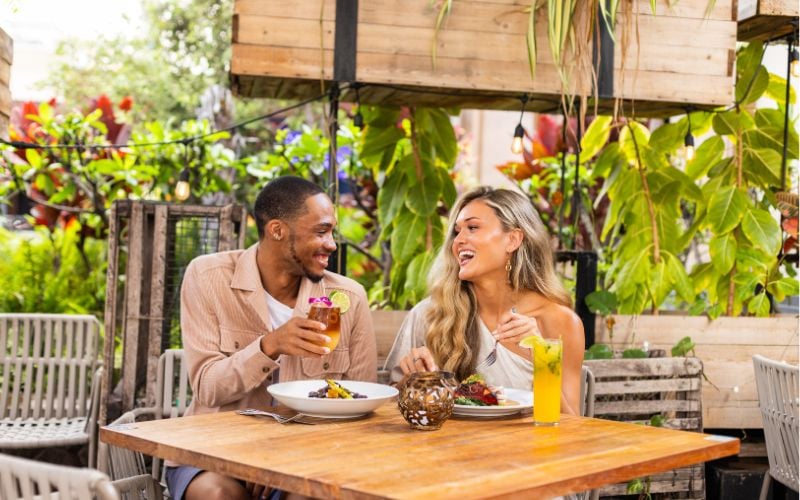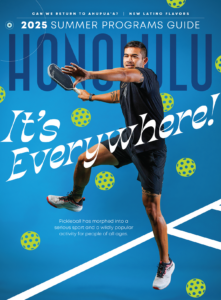We Tried It: Assisted Stretch at StretchLab
Franchised outlets are opening across the island, including the newest in Kaka‘ako. Here’s what goes down during an “assisted stretch.”

Photo: Courtesy of StretchLab Honolulu
I first spotted a StretchLab several years ago while walking along Santa Monica’s trendy Montana Avenue. “That’s so LA,” I remember thinking. “Who would do that?”
Fast-forward to two weeks ago when I took advantage of an introductory offer to be stretched by a “flexologist” at the newly opened Ward location. As a first-time visitor, I paid a discounted rate of $59 for a 50-minute session. (The regular rate is $125.) In its marketing, StretchLab says its “assisted stretch” increases range of motion and flexibility, reduces muscle and joint pain, prevents injuries, boosts sports performance and decreases stress. Although I’m occasionally tight in my lower back, I arrived without any particular issues, injuries or expectations. I was just curious about what an “assisted stretch” entails.
SEE ALSO: Health Is Wealth
Local Rollout
The first Hawai‘i StretchLab arrived early this year at Kāhala Mall, and another opened in Kailua. The new outlet on Auahi Street in Kaka‘ako will soon be followed by another franchised studio in Waikele, according to the California-based company’s website. Knowing about the company’s fast-paced rollouts, not just here on O‘ahu, but nationwide, further piqued my interest.
StretchLab is similar to other corporate fitness and wellness businesses, like CorePower Yoga and Orangetheory Fitness, in that all of its hundreds of outlets are clean and modern, with high-tech equipment. But they also look the same: Each has a “corporate-y,” cookie-cutter feel. Once I signed up online for the first-visit deal and made my appointment, I knew I would be lodged into an automated email marketing funnel.

Photo: Courtesy of StretchLab Honolulu
Here’s How It Went
After checking in, I meet my flexologist, Karolay, who leads me to a machine that evaluates my body movement, a “MAPS” test as it’s called. She instructs me to do three squats with both my arms raised above my head in front of a 3D camera. I score in the average range, and Karolay tells me that with repeated stretch sessions, my score will improve.
She then directs me to a padded table in the center of the studio and asks me if I have any injuries and about my fitness or mobility goals. I tell her about my left elbow that won’t bend completely because of a childhood injury, and that it would be nice to improve my standing bow posture in yoga, which involves kicking each leg back above my head while balancing on the other leg. It’s not something I’m really concerned about though.
Who Can Be a Flexologist?
Karolay says StretchLab clients generally fall into two categories: older people and athletes. But it’s good for everyone, she says. Along with working as a flexologist, Karolay is a personal trainer. StretchLab requires all of its flexologists to be certified or licensed in some kind of health, wellness or fitness field or have a bachelor’s degree in a related field from a nationally accredited organization. They also have to complete a 60- to 70-hour training program.
The session begins on my lower body, then moves to my back and upper body. As Karolay completes each stretch, she instructs me to say when it feels like a 6 out of 10 in terms of intensity. After hitting the “6” mark, she holds the stretch there for a few seconds, then repeats the process, going a little further. It’s comforting to know that I control how deep she goes, similar to when massage therapists ask you to tell them how hard to press.
SEE ALSO: We Tried It: Women’s Self-Defense Class at DVG Jiu Jitsu
In many ways, the session is like a massage, a little painful at times, but in a good way. As it goes on, I feel increasingly relaxed. The 50 minutes speed by, and at the end, Karolay informs me of something I already know: My lower body is much stronger and more flexible than my upper body. From years of yoga, I’m pretty flexible in the hips, hamstrings and quads. My shoulders are tight, though. Karolay says my mobility will improve if I keep working at it.
Overall, I enjoyed the experience, but it wasn’t transformative. That evening at yoga, I didn’t kick back my legs back any higher, and my body felt the same. Granted, expecting immediate results after one session is pretty unrealistic.
A note to first-time StretchLab visitors: Bring socks with grip at the bottom, or else you will have to purchase a pair there.
It’s Not Cheap
On my way out, I received a brochure with the monthly membership rates, which are pricey. Karolay recommended that I come four times a month for 25-minute sessions. Even with the introductory rate, the membership plan Karolay suggested would cost $209 a month, $359 if I wanted 50-minute sessions. Coming eight times a month for 25 minutes would set me back $369, and that’s discounted. I could pay per visit, without a membership, but that would cost $65 for the recommended 25 minutes.) That’s more than I’m willing to spend for something I don’t regard as essential for myself. I’m already paying for yoga at two different studios, and I wouldn’t trade that for this.
Assisted stretching, however, would be great for those with tight or sore muscles and stiff joints. I can also see how athletes would benefit, as well as those who can’t easily touch their toes. While everyone can stretch on their own, it does help to have a flexologist maneuver those stretches and push you to acceptable limits.
Locations:
- 1000 Auahi St., Space I-102
- Kāhala Mall, 4211 Wai‘alae Ave. UB-7
- 111 Hekili St., Kailua
stretchlab.com, @stretchlabhonolulu, @stretchlab_

